SOURCE: RAUNAK KUNDE / NEWS BEAT / IDRW.ORG
.jpg)
The Aeronautical Development Agency (ADA), responsible for designing and developing India’s cutting-edge combat aircraft programs, has issued an Expression of Interest (EOI) inviting Indian private firms to participate in the manufacturing of structural assemblies for various aircraft. The initiative is a significant step towards accelerating the production of indigenous combat aircraft, including the LCA AF Mk2, Advanced Medium Combat Aircraft (AMCA), and Twin Engine Deck-Based Fighter (TEDBF), to meet the growing operational requirements of the Indian Air Force (IAF) and Indian Navy.
As India seeks to enhance its defense capabilities and bolster indigenous production, the participation of private industry in coordination with public sector firms has become crucial. The ADA’s move to involve Indian private companies in the development and manufacturing of structural assemblies is aimed at speeding up production and ensuring a more efficient and scalable manufacturing process.
Continue readingSOURCE: RAUNAK KUNDE / NEWS BEAT / IDRW.ORG
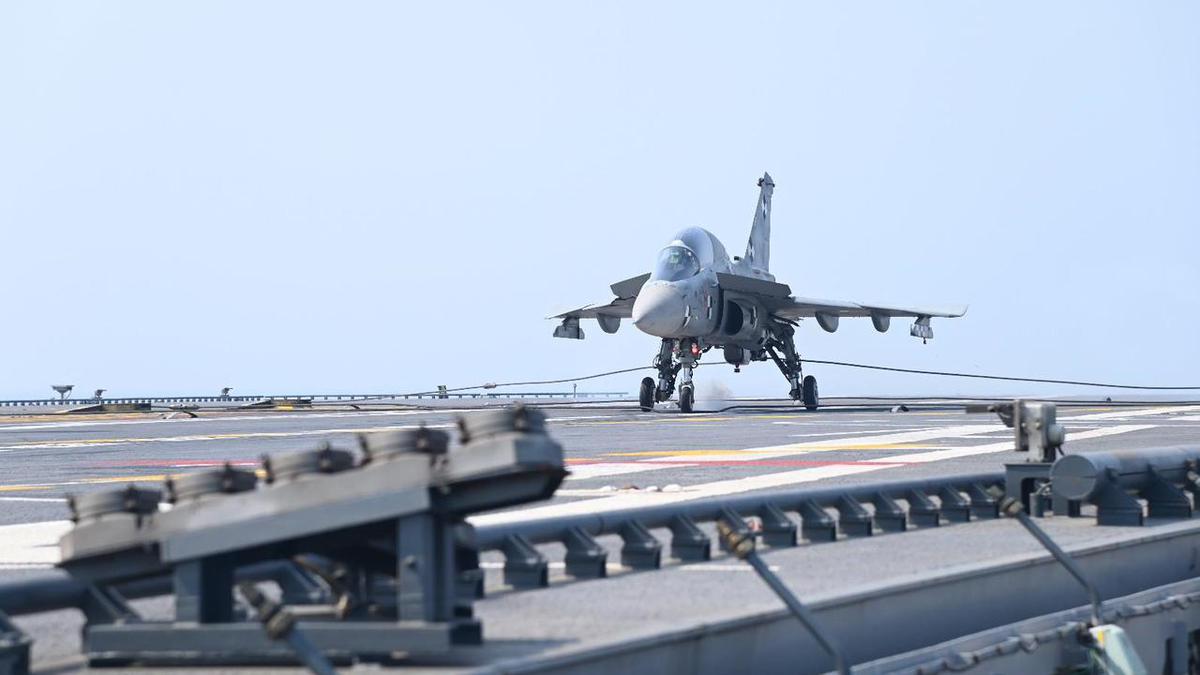
In a recent address at the LM Khatre Memorial Talks, Samir V. Kamat, Secretary of the Department of Defence Research and Development (DDR&D) and Chairman of the Defence Research and Development Organisation (DRDO), emphasized the organization’s commitment to bolstering the Indian Navy’s capabilities through the proposed acquisition of 8-10 Naval LCA MkI aircraft. These deck-based aircraft are designed for operation from aircraft carriers, marking a significant enhancement in the Navy’s aerial capabilities.
The Naval-LCA MkI is a variant of the Light Combat Aircraft (LCA) designed for naval operations. DRDO has developed three prototypes, NP-1, NP-2, and NP-5, which have been instrumental in gathering valuable data for the Twin-Engined Deck-Based Fighter (TEDBF) program.
Continue readingSOURCE: AFI

@himanshu604
At the IDAX 2024 defense exhibition, the Defence Research and Development Organisation (DRDO) showcased the Uttam Active Electronically Scanned Array (AESA) radar, a key development in India’s indigenous military capabilities. Designed with cutting-edge technology, the Uttam AESA radar is set to revolutionize the operational capabilities of fighter aircraft in the Indian Air Force and other prospective platforms. Here’s an in-depth look at its features and specifications, highlighting why it stands out as a multi-mode, adaptable, and powerful radar system.
The Uttam radar is a multi-mode, solid-state active phased array fire control radar with a scalable architecture, meaning it can be adapted for different types of fighter aircraft. This adaptability allows for its integration into various platforms, such as the LCA Tejas, Su-30MKI, and future AMCA aircraft.
Continue readingSOURCE: AFI
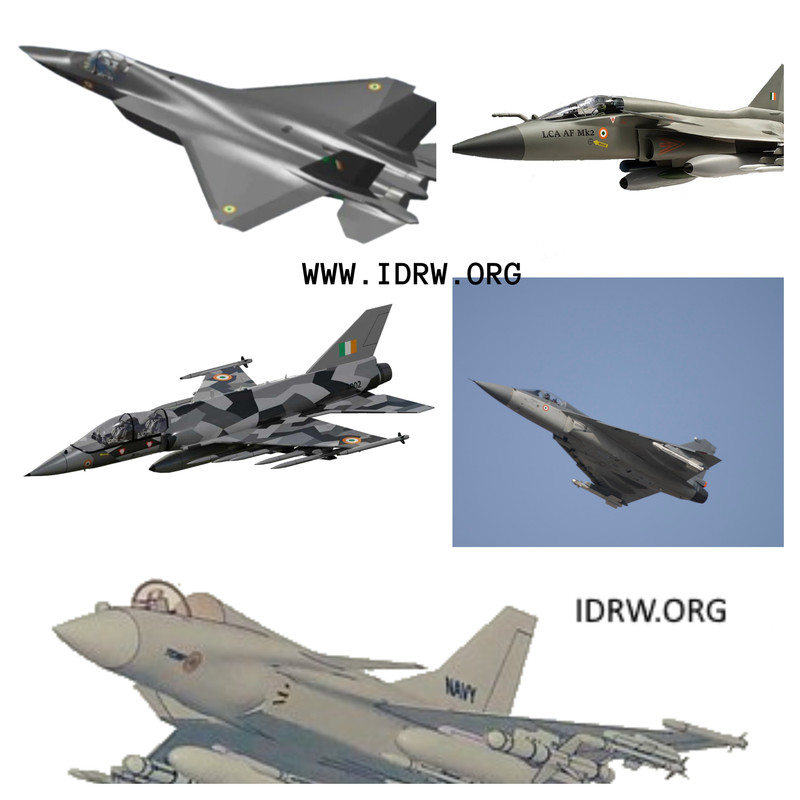
India has embarked on a significant effort to modernize its air force through a series of ambitious fighter jet programs. These initiatives, funded by the Ministry of Defence (MoD), include the Tejas Mk1A, Tejas MkII, AMCA, HLFT-42, and TEDBF. While these programs represent a substantial investment in indigenous defense capabilities, a critical challenge remains: the absence of a robust local engine program.
The Tejas Mk1A and MkII, developed by Hindustan Aeronautics Limited (HAL), are upgrades of the existing Tejas light combat aircraft. The AMCA, a stealthy fifth-generation fighter jet, is being developed by the Aeronautical Development Agency (ADA). The HLFT-42 is a supersonic trainer jet, and the TEDBF is a twin-engine deck-based fighter aircraft designed for the Indian Navy.
Continue readingSOURCE: AFI
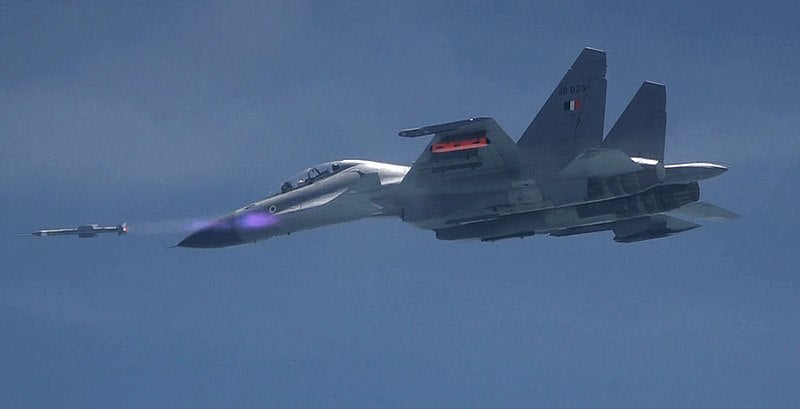
India’s Astra MkI Beyond-Visual-Range Air-to-Air Missile (BVRRAM) has garnered global interest, and there is a growing desire among several countries to integrate it onto their Su-30 platforms. However, this integration presents a complex challenge due to the diverse variants of the Su-30 and the proprietary technologies involved.
The Su-30 aircraft, produced by Sukhoi in Russia, comes in various configurations, each with its own specific radar and mission computer systems. These differences, often based on the older MK or newer SM variants, can significantly impact the integration process. While India’s Su-30MKI variant was relatively straightforward due to its indigenous mission computers and access to the radar’s source code, the situation is more complicated for other operators.
Continue readingSOURCE: AFI

A significant milestone in India’s deep-sea exploration was achieved today as the Ministry of Earth Sciences (MoES) Secretary, Dr M Ravichandran, along with Mission Director Dr M V Ramanamurthy, witnessed the integration of the indigenously-developed deep-ocean human scientific submersible Matsya6000 at the National Institute of Ocean Technology (NIOT).
The Matsya6000, a pioneering project undertaken by NIOT, is designed to dive to depths of up to 6,000 meters. This submersible will play a crucial role in scientific research, resource exploration, and disaster management in the deep ocean.
Continue readingSOURCE: IDRW.ORG TEAM
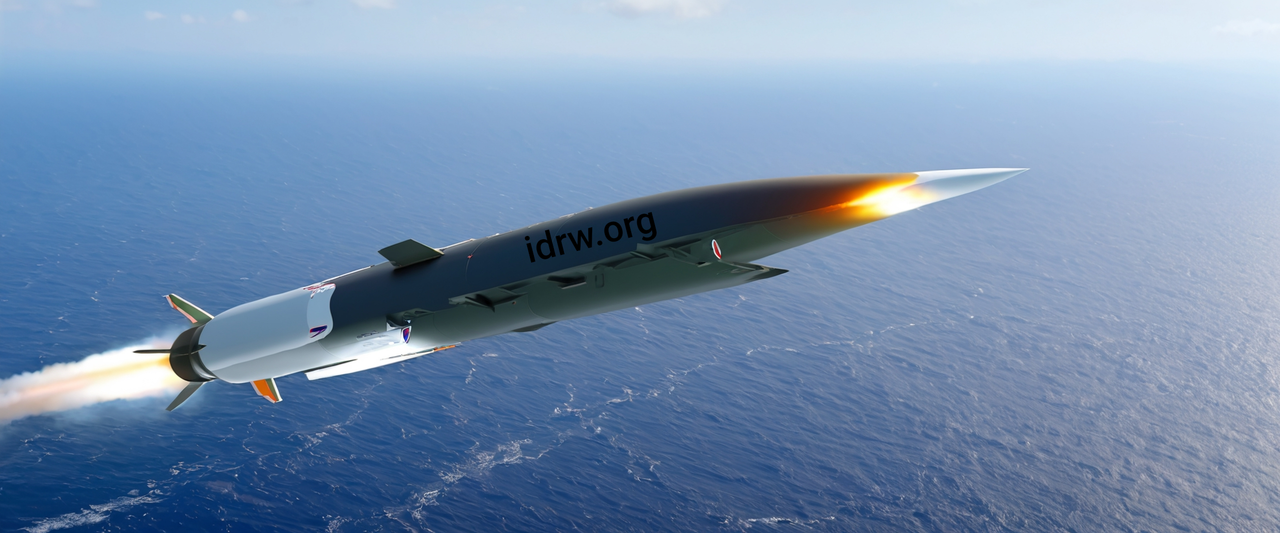
The Defence Research and Development Organisation (DRDO) is taking a significant step forward in its hypersonic missile program with the initiation of Project Vishnu. This ambitious project aims to develop a next-generation hypersonic cruise missile, marking a major leap in India’s defense capabilities.
Project Vishnu builds upon the successful trials of the Hypersonic Technology Demonstrator Vehicle (HSTDV). The HSTDV, powered by a scramjet engine, served as a crucial test platform for validating hypersonic technologies. Now, under Project Vishnu, DRDO will be focusing on the research and development of a more advanced fuel tank specifically designed for hypersonic cruise missiles.
Continue readingSOURCE: IDRW.ORG
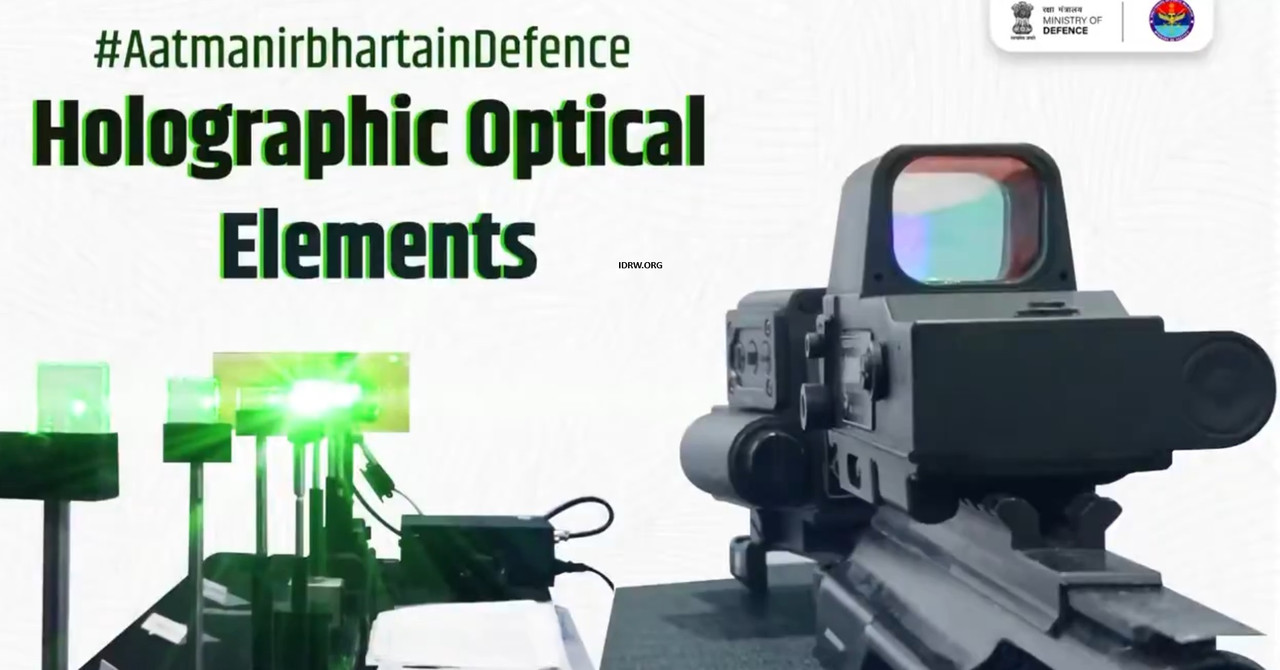
A significant breakthrough in defense technology has been achieved by Coimbatore-based Ignetta Holographic Private Limited. The company has become the first in India to manufacture holographic weapon sight systems, providing our soldiers with a crucial tool for pinpoint accuracy and operational success.
The holographic sight, developed by Ignetta Holographic, is compatible with various rifle models, including SIG Sauer and AK-47. This versatile design ensures its applicability across different weapon platforms, enhancing the effectiveness of our armed forces.
Continue readingSOURCE: AFI
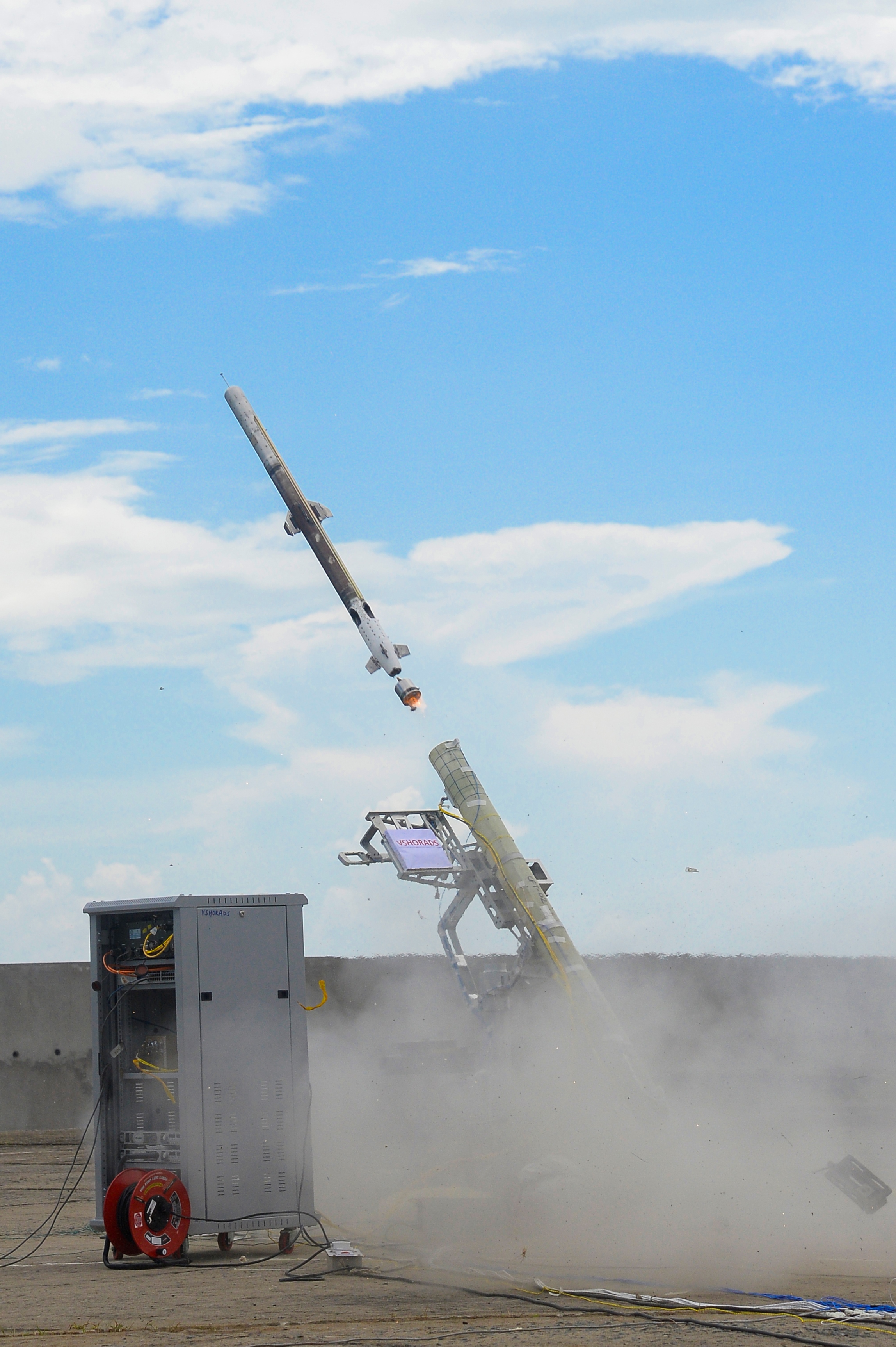
As the nature of warfare evolves, so do the demands placed on weapon stockpiles and the ability of nations to replenish them. Modern battlefields are witnessing longer, more protracted conflicts, which can strain military resources. For India, a nation that faces the potential challenge of two-front conflicts with adversaries like China and Pakistan, ensuring a steady and agile supply chain for weapons and critical components is crucial. In this context, 3D printing, or Additive Manufacturing (AM), has emerged as a promising solution to help Indian forces address potential gaps in their military supply chains.
Additive manufacturing, commonly known as 3D printing, is revolutionizing production in defense and aerospace industries worldwide. It involves creating objects layer by layer from digital 3D models, effectively building the part and material simultaneously. This technology offers a significant advantage over traditional manufacturing methods, where materials are often cut away or assembled from multiple components. The benefits of additive manufacturing in defense are multifold:
Continue readingSOURCE: AFI

According to a report published by The Hindu, India declined a request from Israel last year for the supply of Indian-made artillery shells, specifically 155mm and 105mm, which were sought at the onset of Israel’s operations along its border with the Gaza Strip and southern regions. Despite growing defense ties between the two nations and the robust partnership between Israeli arms companies and their Indian counterparts, New Delhi took a cautious stance and opted not to fulfill the request for these critical munitions.
In the early phases of its military operations along the Gaza Strip, Israel turned to India for artillery shells, likely driven by the rapid depletion of its ammunition reserves. Artillery shells, especially 155mm and 105mm, are essential in land-based military engagements, providing both offensive and defensive firepower. Israel, which has been involved in periodic skirmishes with Hamas and other militant groups in Gaza, needed to replenish its stockpiles quickly. However, India, which has significantly increased its indigenous defense production capabilities, declined the request, citing concerns over the ongoing conflict.
Continue readingSOURCE: AFI

Vikram Rai, CEO of GE Aerospace (South Asia), recently outlined the company’s ambitious plans for India, signaling its growing commitment to the country. In a conversation with Indian media, Rai revealed that GE Aerospace has increased its exports from India “20 times” between 2018 and 2022, a significant leap demonstrating the country’s rising importance as a key player in the global aerospace supply chain.
GE Aerospace’s expansion in India is reflected in its robust presence in the country’s aviation sector. The company currently has over 1,300 engines operational in India, powering aircraft such as Boeing 787 Dreamliners, Boeing 777s, and Airbus A320neo family planes for major airlines like Air India, IndiGo, and Vistara. In addition to this existing fleet, GE Aerospace, along with its joint venture CFM International (a partnership with French aerospace giant Safran), has 2,000 more engines on order to be delivered over the next eight to nine years. This translates to a pace of roughly one aircraft equipped with GE Aerospace engines being delivered every week, highlighting the scale of the company’s operations in India.
Continue readingSOURCE: AFI

The Indian Navy is set to bolster its maritime strength with the induction of seven new warships and one submarine over the next four months, according to defense sources who spoke to Sputnik India. This significant boost to naval capabilities aligns with India’s ongoing efforts to modernize its fleet, enhance operational readiness, and protect its extensive maritime interests.
While one of the vessels is being built in Russia, the majority of these platforms are being constructed domestically in Indian shipyards, underscoring the country’s increasing focus on indigenous defense production.
Continue readingSOURCE: AFI

A significant milestone in Indian naval history was reached as the indigenous aircraft carrier, INS Vikrant, was officially inducted into the Western Fleet. This marks the beginning of its operational deployment, reinforcing India’s maritime capabilities.
INS Vikrant, commissioned into the navy in September 2022, will be stationed at INS Kadamba, a strategic naval base located near Karwar in Karnataka. The Western Naval Command announced the induction, emphasizing the significant boost it provides to the navy’s maritime power and reach.
Continue readingSOURCE: RAUNAK KUNDE / NEWS BEAT / IDRW.ORG
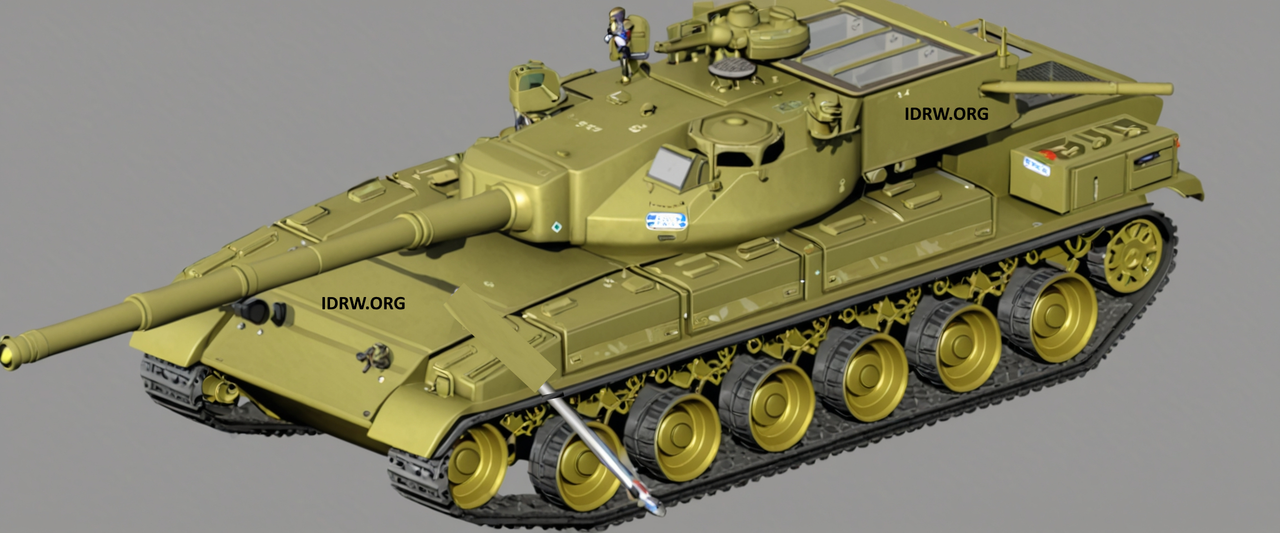
The Ministry of Defence (MoD) has granted the Acceptance of Necessity (AoN) for the Indian Army’s ambitious Future Ready Combat Vehicle (FRCV) program. This marks a significant step towards replacing the ageing fleet of Russian-supplied T-72 MBTs with a new generation of domestically-developed main battle tanks (MBTs) by 2030 onwards.
The FRCV program will leverage a unique procurement model known as “Development cum Production Partner (DcPP)”. This model, categorized under the Make-I initiative of the Defence Acquisition Procedure (DAP), involves government funding of up to 90% of the project for design and development. The MoD will partner with two entities, one from the public sector and one from the private sector, to form the DcPP.
Continue readingSOURCE: RAUNAK KUNDE / NEWS BEAT / IDRW.ORG

Civil Aviation Minister KR Naidu has reaffirmed the government’s strong commitment to fostering indigenous aircraft manufacturing capabilities in India. This push for self-reliance appears to be translating into a green light for the National Aerospace Laboratories’ (NAL) ambitious Regional Transport Aircraft (RTA) program.
The NAL has made significant progress on the RTA program, with the conceptual design of the RTA-90 nearing completion. Furthermore, the Project Definition Phase (PDP) for the RTA was successfully launched in April 2022.
Continue reading